The blog
A creative and inspirational blog written to help you create peace and harmony in your home.
How To Organise Your Children Toys
Like many parents, my friends often share their struggles with the constant mess of toys scattered throughout their homes. This widespread challenge resonates with many of us, transforming even the most tranquil spaces into chaotic areas.
Rather than surrendering to the endless battle with toy clutter, I decided to seek solutions that would not only organise but also beautify our living spaces. This blog post explores effective strategies for decluttering and enhancing our homes, incorporating Montessori principles and intelligent design choices to create functional and visually appealing environments.
Do you find yourself navigating through a sea of toys, stepping on small, sharp objects, or feeling overwhelmed by the sheer volume of stuffed animals and playthings in your home?
Let’s tackle these common issues together, discovering ways to manage toy clutter, reduce the number of toys, and organise the favourites thoughtfully. This approach isn’t just a great idea; it’s a transformative step towards overcoming one of the biggest challenges of parenthood. You’ll soon find yourself reclaiming the joy of your living spaces, feeling a sense of accomplishment and satisfaction, both for you and your young children.
Have you ever wondered whether your kids experience a sense of being overwhelmed like you?
Many families, educators, and researchers have noted that excess toys can create numerous challenges. Not only is there the physical discomfort of accidentally stepping on scattered toys, but having too many toys can also lead to several other issues, such as:
- Overwhelming children, making it difficult for them to focus on any single toy.
- Contributing to untidy and chaotic household environments.
- Negatively impacting environmental sustainability efforts through increased consumer waste.
- Potentially affecting children’s health and developmental progress.
A pivotal 2018 study conducted by researchers from the University of Toledo, which was published in the Journal of Infant Behavior and Development, discovered that an abundance of toys can hinder toddlers’ creativity rather than foster it. This study revealed that:
- Children engaged longer with a single toy when fewer toys were available.
- A reduced number of toys increased the variety of ways children played with each toy.
- Limiting toys encouraged behaviours that supported children’s health and development in more natural settings.
These findings underscore the importance of carefully considering the quantity and variety of toys in children’s environments. By focusing on quality over quantity, parents and educators can better support the developmental needs of children, fostering environments that enhance creativity and growth.
Let’s organise the toys.
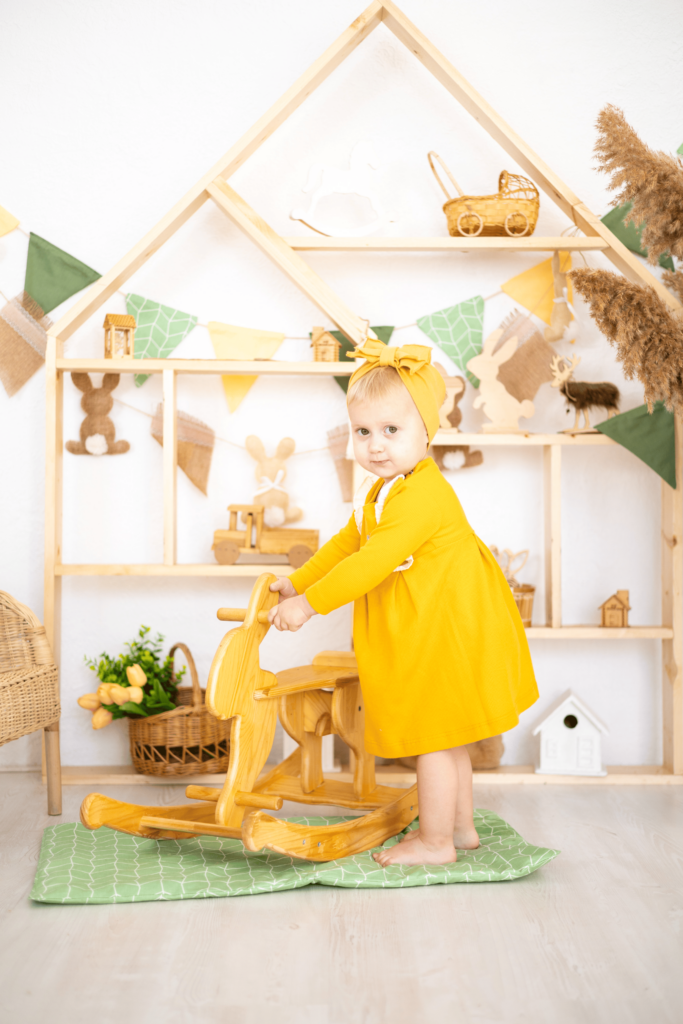
Start with decluttering:
In our latest blog post, we delved into the art of decluttering, highlighting the importance of involving your children in this transformative process. Turning decluttering into a shared activity can be incredibly rewarding and enjoyable for both you and your child.
Start this journey by exploring the toy landscape together. Take the time to sort through your child’s collection, determining which toys continue to bring them joy a little bit like Marie Kondo teaches in her series and which may no longer capture their interest.
As you embark on this exploration, identify toys that are broken or have little pieces that could pose risks, setting them aside for repair or responsible disposal. For toys that are still in good shape but no longer loved, consider donating them or passing them on to friends or family.
Categorise the toys:
In our journey to create an organised and welcoming play area, let’s embrace the strategy of grouping similar toys together.
Imagine this: building blocks comfortably settled in one fabric bin, dolls gathered in another, and art supplies meticulously organised in their own distinct area. This thoughtful categorisation promotes cleanliness and makes it simple for children to find and return their favourite toys with ease—a set of toys for every type of play.
Consider using fabric bins for each type of toy, enhancing the decor of your kids’ rooms while keeping puzzle pieces, toy sets, and other play items neatly stowed away. This approach not only tidies up the space but also teaches children to take responsibility for their own toys.
Storage solutions can be lifesaving:
In our quest for clutter-free and serene living spaces, one crucial aspect is finding the right storage solutions that maintain tidiness and make life easier by facilitating organisation. Choosing the correct storage options can significantly simplify your day-to-day activities and help maintain order in the long run.
When selecting storage solutions, prioritise your child’s comfort and accessibility. Consider installing low shelves or using bins just the right height for your little one to reach easily. Transparent containers and open shelves are especially beneficial because they allow children to quickly identify and access their toys, encouraging organisation and making cleanup much more uncomplicated.
These thoughtful storage choices create an organised, clutter-free environment that fosters your child’s independence. By designating specific spaces for each type of toy, from action figures in open bins to craft supplies in dedicated areas, you enable your children to manage their belongings independently. This setup teaches them responsibility and instils lifelong habits of keeping their spaces tidy.
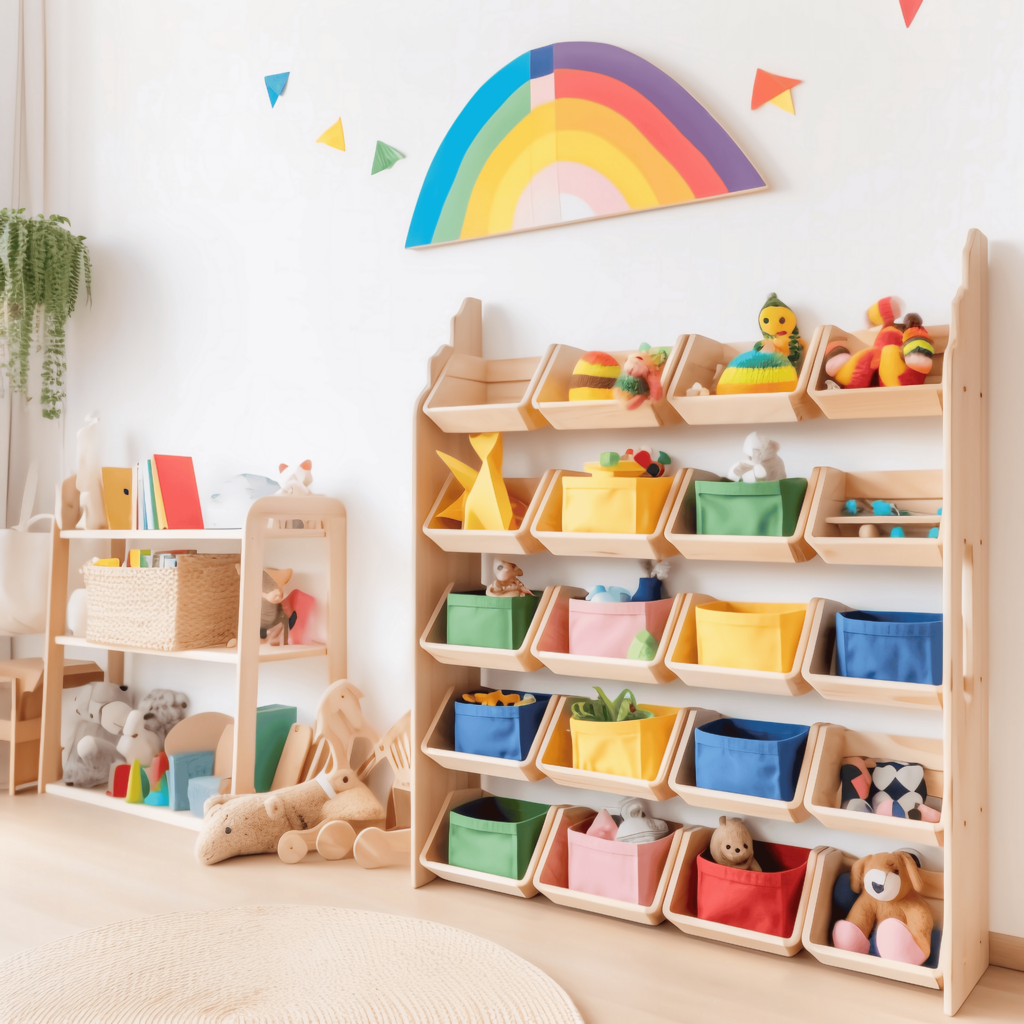
Here are some storage ideas to consider:
- Toy organisation systems that provide a great place to store a variety of toys in a visually appealing and practical manner.
- Toy bins and open bins for easy access and simple solutions to keep similar items together, making them perfect for small spaces.
- A dedicated play area with an organised playroom setup can be the easiest way to encourage children to tidy their play environment.
Utilise simple solutions like grouping toys into categories, which is one of the best tips for maintaining an organized playroom.
By implementing these storage solutions, you ensure every toy has its place in a neatly organised play area. This organisation not only simplifies your life but also enhances the overall aesthetic of your child’s room, making it a perfect blend of functionality and style.
Make labelling fun:
Incorporating your children in organising their play space is a crucial step towards creating a functional and empowering environment. Even young children who haven’t yet learned to read can participate by helping to label containers or shelves with pictures or their own creative drawings.
These labels act as visual cues, guiding your children to where each toy belongs. This method not only helps teach organisational skills but also promotes a sense of responsibility and ownership over their space. By involving them in this way, you encourage accountability for their belongings and foster an environment of collaboration and independence.
Integrating such functional systems into your organisation strategy simplifies the process and turns maintaining order into a shared, enjoyable task. This approach makes the space more functional and enhances the overall dynamics of play and cooperation in your home.
Have you heard about rotation systems:
If you want to infuse a bit of Montessori magic into your home organisation, consider adopting a clever “toy rotation system.” This technique, often employed in Montessori-inspired educational settings, has proven highly effective in maintaining a sense of freshness and reducing clutter.
Here’s how it works: Begin by selecting a transparent container—a see-through box that allows your child to view its contents easily. Next, gather the toys you and your little ones would like to set aside for rotation temporarily. Store this container discreetly in a place such as a linen cupboard or closet.
The concept is simple but powerful. Periodically, swap out some of the toys your child is currently playing with for those stored in the rotation box. This practice keeps playtime exciting and engaging and ensures your living space is free from overwhelming toy clutter. It’s a strategy that adds a touch of novelty to your child’s play experience while maintaining an organised and serene environment.
Leading by example:
How about maintaining order throughout the house, ensuring every item finds its designated spot?
Lead by example and be a model of organisation for your children to emulate. Kids frequently mirror the actions and habits they observe in adults.
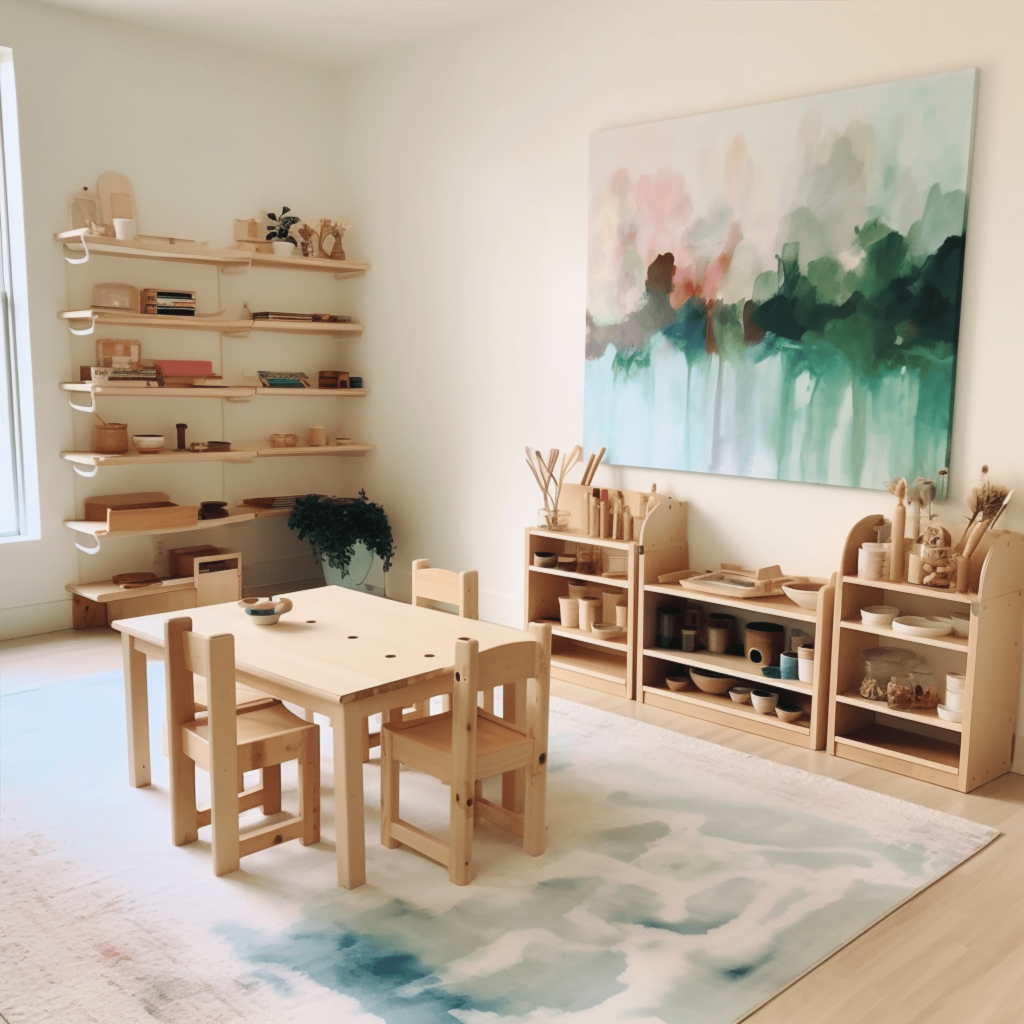
Make the process fun:
Transforming the task of toy organisation into an enjoyable adventure for children can make a world of difference. Consider turning it into a playful game where your little ones actively participate in decision-making. Encourage their efforts and celebrate their achievements when they neatly arrange their playthings.
It’s essential to remember that organisation is an ongoing journey, not a one-time task. Patience and support are key as your child learns and practices these vital skills. With time and persistence, a well-organized play area can create a more harmonious and delightful environment for you and your child to enjoy.
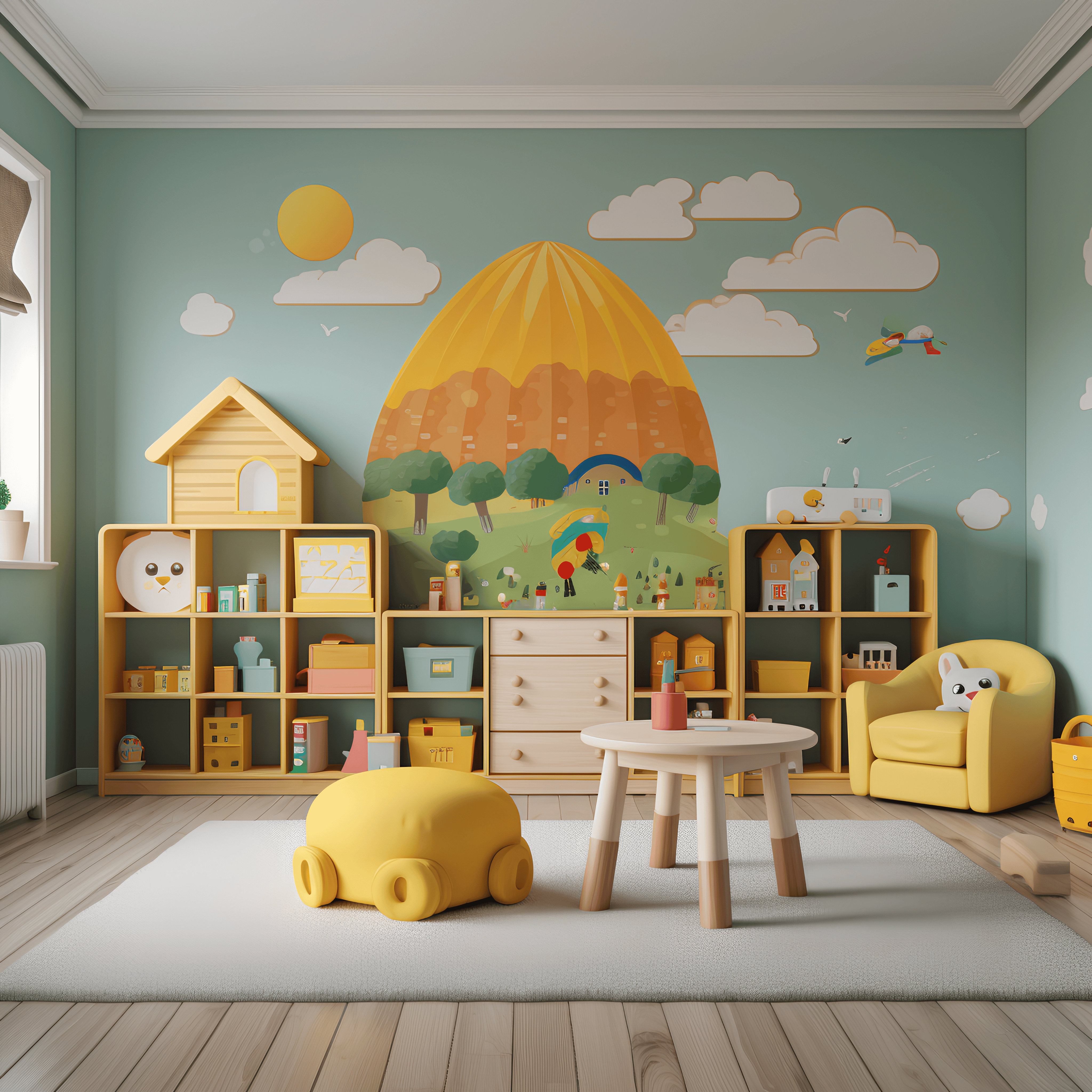

Imagine waking up in a home that instantly soothes your senses—the soft sound of water trickling, fresh air flowing through open windows, and lush green plants filtering the morning light. This isn’t just a dream. It’s the power of biophilic design, a concept that taps into our deep-rooted love of nature to create spaces that […]
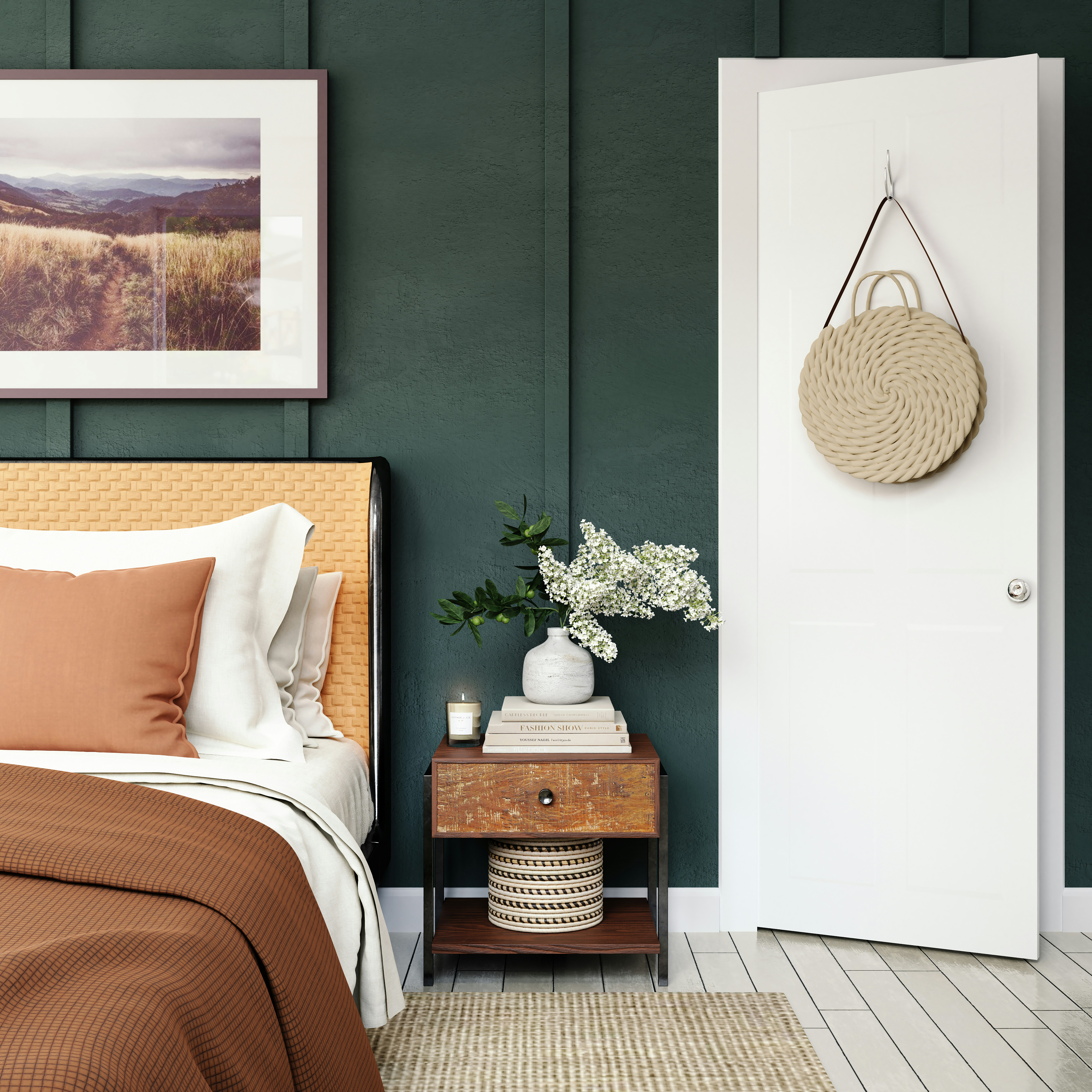
“Your bedroom is more than just a place to rest; it’s your sanctuary—a space for relaxation, connection, and comfort. By incorporating natural fabrics and wood, you can transform your bedroom into a luxurious retreat that feels inviting and supports your well-being.” Why Your Bedroom Deserves Special Attention The master bedroom often gets overlooked in home […]
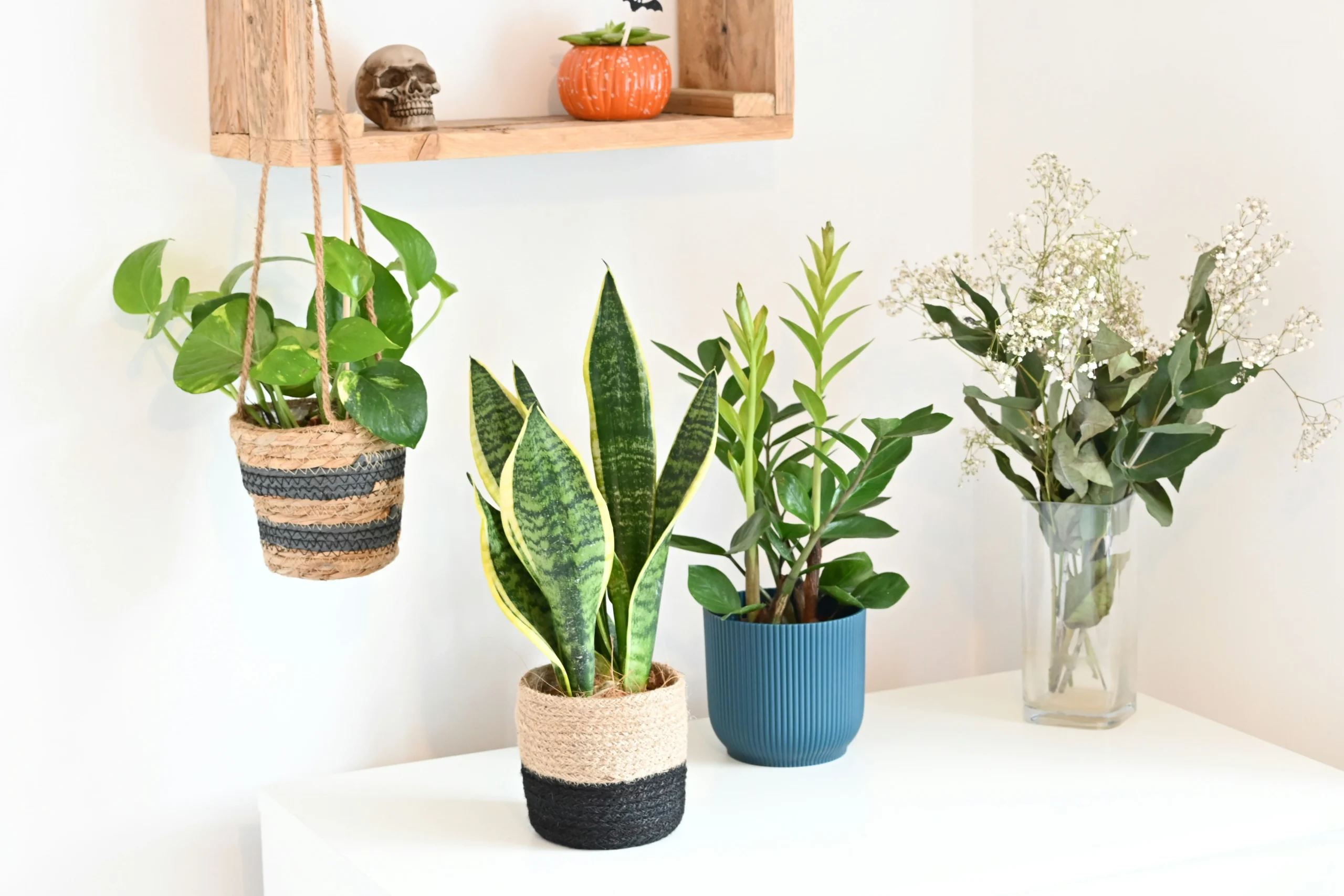
“Did you know that adding just a single pot of greenery to your living space can improve your air quality and even your mental health?” I didn’t. For years, I wasn’t much of a plant person. I didn’t get the appeal of keeping plants indoors, let alone spending hours picking the “right kind of plant.” […]

More than ten years ago, I found myself standing in the cleaning aisle of a supermarket, holding a brightly coloured bottle of a product I’d used countless times before. I’d never given much thought to the ingredients—after all, if it was on the shelf, it had to be safe, right? But that day, something was […]